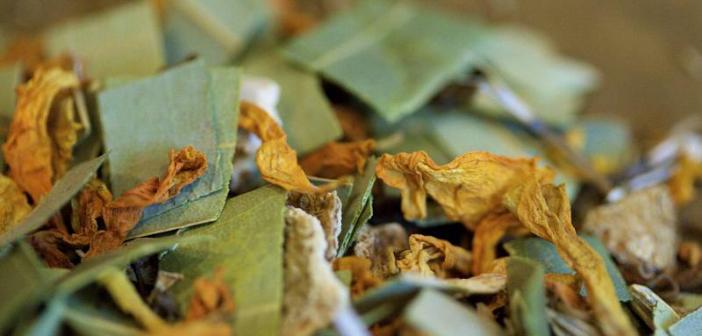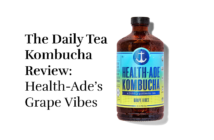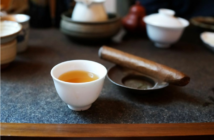When is a Tea not a Tea?
As confusing as it may first sound, “herbal teas” are not really teas at all. Infusions made from any plant species other than Camellia sinensis are actually called tisanes. But don’t let the names slow you down- herbal infusions, or tisanes, are chock full of flavor, healing powers and health benefits. There’s plenty to love about tisanes, and our Beginners Guide to Herbal Tea is the perfect place to begin your herbal adventure.
Herbal infusions can be made from almost any plant, and all plant parts can be infused. Leaves, stems, flowers, fruit, roots and berries can all be steeped to release their essential oils. The varieties and combinations are endless, producing an amazing array of flavor profiles and wellness benefits. In addition, most herbals are caffeine-free and readily available in stores and online.
BENEFITS OF HERBAL INFUSIONS
- Tisanes have been used therapeutically for thousands of years
- Many herbals are loaded with vitamin C, nutrients and antioxidants
- Hundreds of delicious varieties and blends are available, offering different flavor profiles and wellness benefits
- Caffeine-free (except Yerbe Mate)
- Tisanes offer an easily digested form of plant vitamins and nutrients
COMMON HERBAL INFUSIONS
- Chamomile– Infusions made from chamomile flowers are calming and are often used to promote restful sleep
- Peppermint– Peppermint has long been used to aid digestion and other stomach complaints
- Ginger– Ginger is used to treat nausea and morning sickness; it’s also being used to help ease the loss of appetite and nausea associated with cancer treatments
- Lemon Balm– Lemon Balm is thought to help anxiety and insomnia
- Milk thistle– Milk thistle is reputed to help liver functioning and detoxification
- Rosehip– Rosehips have been used to treat arthritis and contain antioxidants
- Hibiscus– Hibiscus is a favorite herbal variety in many parts of the world, and is enjoyed for its sweet fruit taste, festive red color, and health benefits.
- Rooibos– Made from South African Red Bush, Rooibos is relatively new to North American consumers. The rich, lightly sweet taste makes it seem more like a true tea than most herbals, and the flavor blends well with ingredients as varied as chocolate, flowers, and Earl Grey.
- Yerbe Mate– Yerbe Mate is grown in South America and is one of the few plants in the world containing caffeine- (the other two are coffee and tea).
Beyond the wellness benefits of herbals, tisanes are incredibly versatile. They can be enjoyed either hot or iced, steeped as a single ingredient or blended, or flavored with fruits and flowers to add another layer of complexity and enjoyment. Many are also great to share with children or those who want to limit their caffeine intake.
COMMON SENSE PRECAUTIONS
- We recommend purchasing herbals from trusted commercial sources that follow FDA guidelines. Although most plants are safe, some plant parts are toxic or should only be consumed in limited quantities. If you’re not sure, don’t guess! Check with a qualified professional.
- Pregnant women, children and others with health conditions should always check with their health care provider before consuming herbals.
- Allergy sufferers should be aware of the plant families of herbal teas and use caution
Photo by Jess Hamilton/Flickr CC
16




